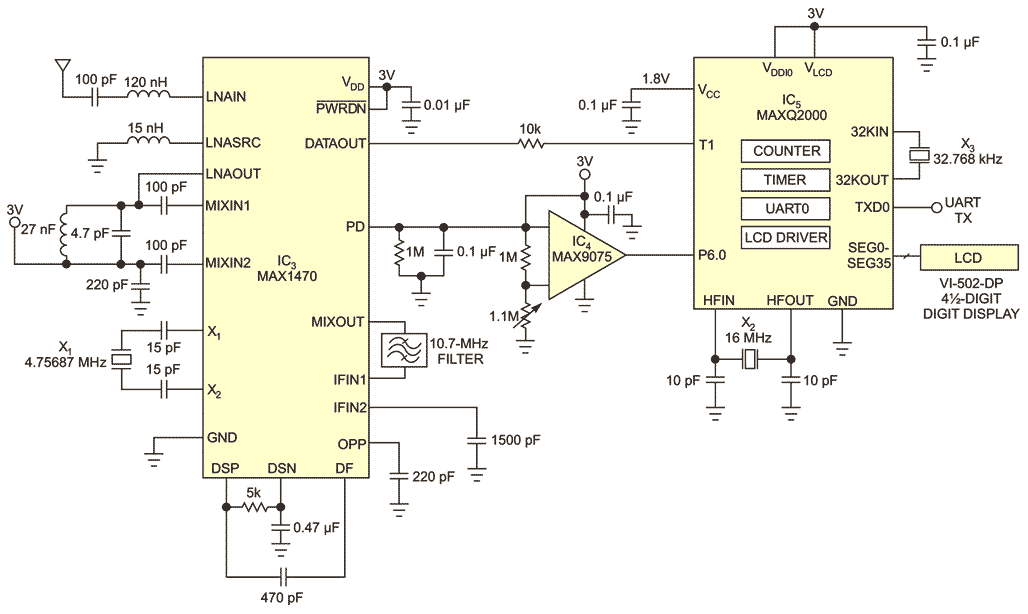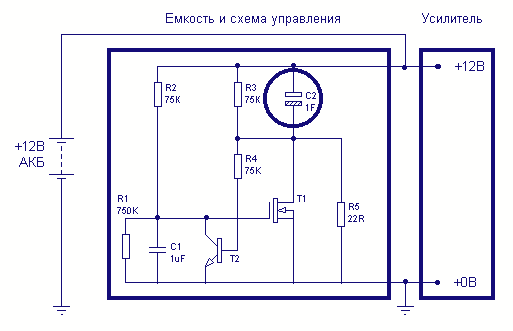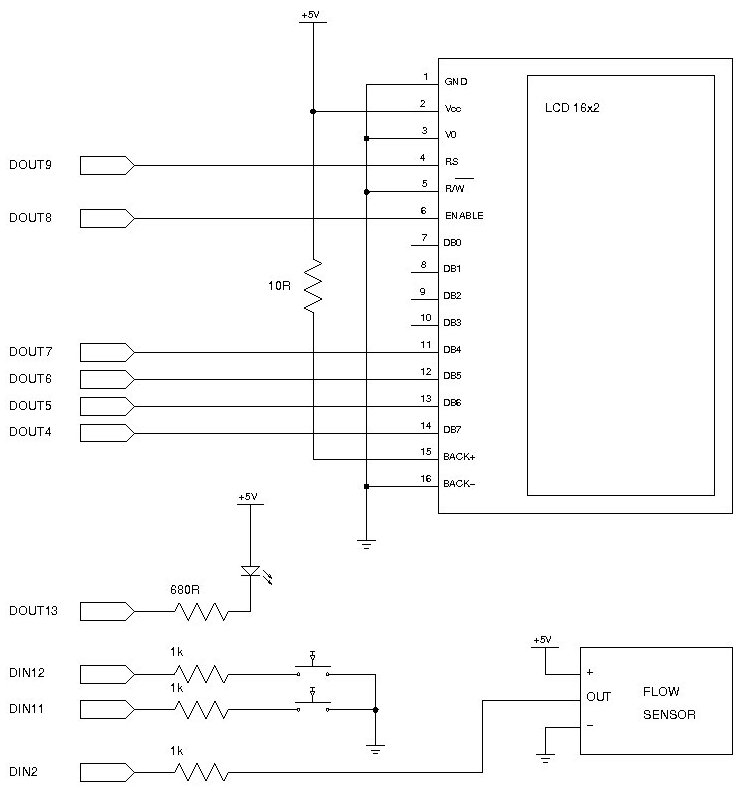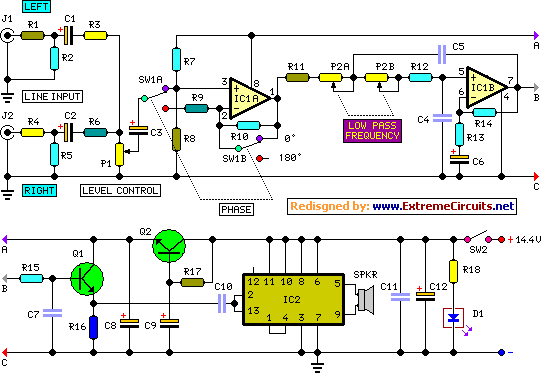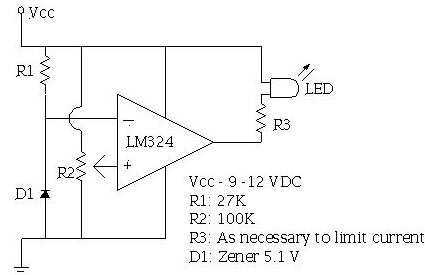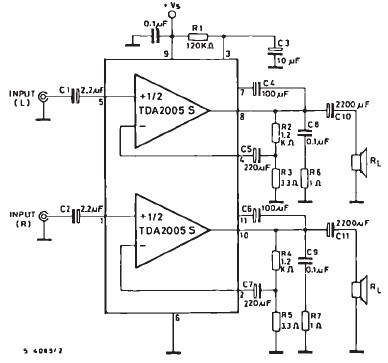
car temperature gauge

The Car Temperature Gauge is fundamentally similar to March's project, with some minor modifications to the input circuit. This circuit will display the water temperature with a resolution of 1 degree.
The Car Temperature Gauge circuit is designed to accurately monitor and display the engine coolant temperature, providing critical information to the driver. The core of the circuit typically includes a temperature sensor, such as a thermistor or an NTC (Negative Temperature Coefficient) sensor, which is placed in contact with the coolant. This sensor changes its resistance based on temperature variations, allowing for precise temperature readings.
The input circuit is modified from previous designs to enhance sensitivity and accuracy. It usually consists of an operational amplifier configured as a voltage follower to buffer the sensor output, followed by an analog-to-digital converter (ADC) that translates the analog voltage from the sensor into a digital signal. This digital signal is then processed by a microcontroller, which is programmed to interpret the ADC readings and convert them into temperature values.
The output is typically displayed on an LCD or LED display, showing the temperature in degrees Celsius or Fahrenheit, depending on the design specifications. The circuit may include features such as over-temperature alerts, which can be implemented using additional comparators to trigger warning lights or alarms if the temperature exceeds a predetermined threshold.
Power supply considerations are also crucial in this design, often utilizing the vehicle's battery with appropriate voltage regulation to ensure stable operation. Additionally, protection circuitry may be included to prevent damage from voltage spikes or reverse polarity.
Overall, the Car Temperature Gauge circuit is a vital component for monitoring engine performance and ensuring safe operation, providing drivers with real-time feedback on their vehicle's coolant temperature.The Car Temperature Gauge is basically the same circuit as March`s project with some minor changes to the input circuit. This circuit will display the water temperature to 1 degree resolution. 🔗 External reference
The Car Temperature Gauge circuit is designed to accurately monitor and display the engine coolant temperature, providing critical information to the driver. The core of the circuit typically includes a temperature sensor, such as a thermistor or an NTC (Negative Temperature Coefficient) sensor, which is placed in contact with the coolant. This sensor changes its resistance based on temperature variations, allowing for precise temperature readings.
The input circuit is modified from previous designs to enhance sensitivity and accuracy. It usually consists of an operational amplifier configured as a voltage follower to buffer the sensor output, followed by an analog-to-digital converter (ADC) that translates the analog voltage from the sensor into a digital signal. This digital signal is then processed by a microcontroller, which is programmed to interpret the ADC readings and convert them into temperature values.
The output is typically displayed on an LCD or LED display, showing the temperature in degrees Celsius or Fahrenheit, depending on the design specifications. The circuit may include features such as over-temperature alerts, which can be implemented using additional comparators to trigger warning lights or alarms if the temperature exceeds a predetermined threshold.
Power supply considerations are also crucial in this design, often utilizing the vehicle's battery with appropriate voltage regulation to ensure stable operation. Additionally, protection circuitry may be included to prevent damage from voltage spikes or reverse polarity.
Overall, the Car Temperature Gauge circuit is a vital component for monitoring engine performance and ensuring safe operation, providing drivers with real-time feedback on their vehicle's coolant temperature.The Car Temperature Gauge is basically the same circuit as March`s project with some minor changes to the input circuit. This circuit will display the water temperature to 1 degree resolution. 🔗 External reference
